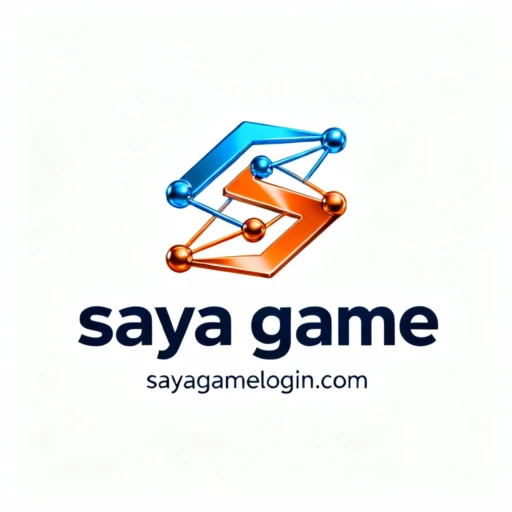In recent years, the realm of educational games has undergone a transformative evolution, blending learning with entertainment in ways previously unimagined. Central to this evolution is a burgeoning interest around 'saya game', a keyword that is increasingly becoming synonymous with innovative educational experiences. Educational games, by definition, are designed to teach users about specific subjects, expand concepts, reinforce development, or assist in the acquisition of skills as they play. This genre of games strikes a fine balance between achieving educational outcomes and ensuring engaging gameplay. As digital education becomes more prevalent, the role of educational games has naturally expanded.
The keyword 'saya game' has surfaced as a notable mention within this category. While its origins remain somewhat obscure, it captures the burgeoning enthusiasm of game developers aimed at creating games that are not only instructional but also culturally enriching. It highlights a niche within the larger educational gaming industry, where the focus often shifts to localized educational content that resonates with diverse demographics.
Games under the 'saya game' umbrella are gaining traction for various reasons. First, they generally emphasize immersive storytelling tactics that enable real-world learning applications. Secondly, many of these games are designed to accommodate different learning styles to ensure inclusivity. Whether it’s visual, auditory, reading/writing, or kinesthetic learners, 'saya games' seek to cater to different preferences, thereby fostering a holistic learning environment.
Moreover, the 'saya game' trend is benefiting from advancements in technology. With the rise of augmented reality (AR) and virtual reality (VR), there's a new dimension of interactivity that these games incorporate, allowing players to experience lessons in an enriched virtual space. The utilization of gamification principles in 'saya games' also plays a pivotal role in increasing the motivation and engagement level among learners.
Furthermore, 'saya game' underscores the collaborative potential of educational content. Developers are increasingly engaging educators in the game creation process to ensure that the educational material is accurate, relevant, and effectively woven into gameplay mechanics.
Overall, 'saya game' is more than just a keyword—it represents a shift in how educational content is delivered and experienced. As the world continues to embrace digital learning, the impact of educational games as exemplified by the 'saya game' category will likely continue to grow, inspiring the next generation of learners and educators alike.

An in-depth look into the growing category of educational games and how the keyword 'saya game' is gaining traction in this space.




